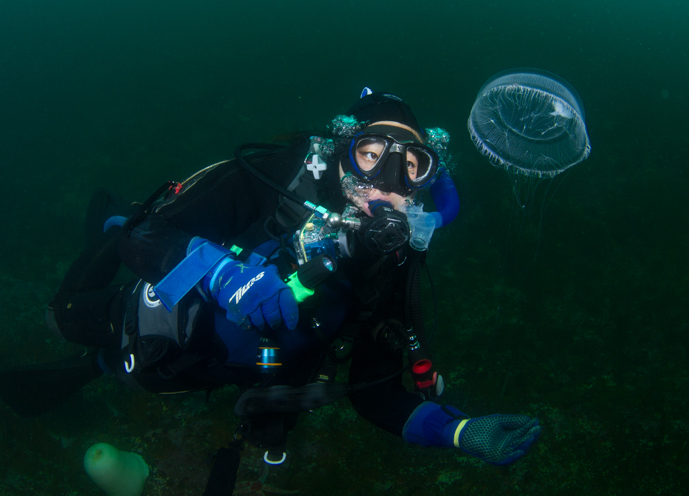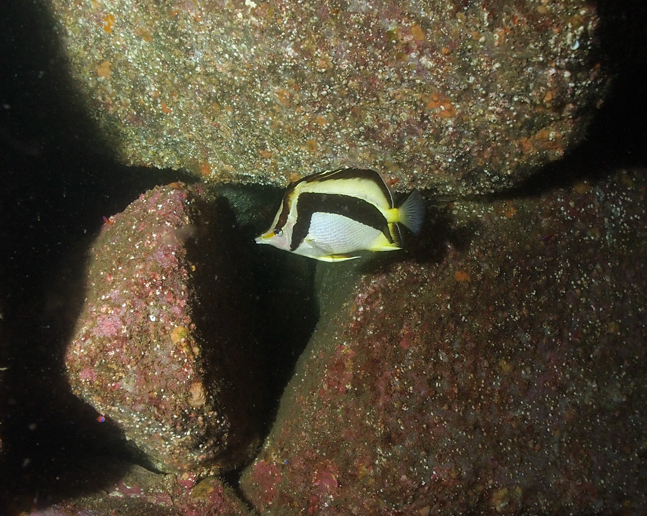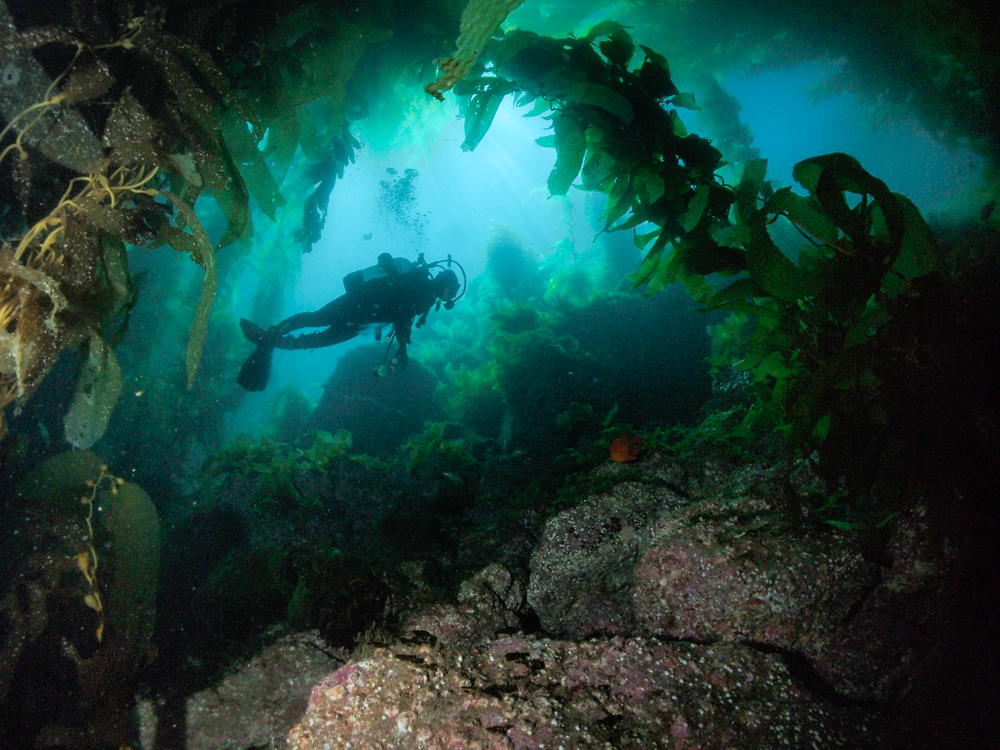
Haruka Ito
Office Assistant / Instructor / Staff Naturalist
Location: Somewhere in nature
Hometown: Forests and under the sea
Nature is indescribably amazing. No matter how hard humans try to come out on top, nature's rules stay consistent within all living organisms. Even the spiraling pattern of our DNA is based on the same proportions that spiral sea shells and arrange the petals on a rose. No matter how hard we try to separate ourselves and try to "tame the wild", nature always wins. My passion is to show everyone this beauty and renew the wildness that's within all of us.
I'll guide you underwater and open your eyes to the creatures often overlooked. I'll give you health and beauty tips using algae, and make you delicious seaweed cocktails. I'll lead you into the mountains to forage for wild foods and make seasonal drinks! Come out and explore with me!
"From birth, man carries the weight of gravity on his shoulders. He is bolted to the earth. But man has only to sink beneath the surface and he is free" - Jaques Cousteau
Finding a Tropical Fish in the Cold Waters of California
August 8, 2019
Diver in the kelp forest

Scythe Butterflyfish
While I cruised east through the thick kelp forest, I spotted it, the elusive scythe butterflyfish (Prognathodes falcifer). It looked like a small yellow confetti amongst the big boulders piled up at this dive site called the Rock Quarry on Catalina Island. The butterflyfish wagged its caudal fin as it scurried away in between the rocks. Looking behind me, I saw sunlight streaming through the kelp canopy onto my students as they swam towards me. I gestured to them to come over quickly and pointed my light into the crack where the black and yellow fish hid. It fluttered away between the rocks, but most in my group were still able to catch a glimpse of it.
The scythe butterflyfish is a subtropical fish, typically found from Baja California to the Revillagigedo Islands. Therefore divers who encounter them underwater are typically not surrounded by temperate kelp forests, but rather rocky reefs of the warmer Mexican waters. In the Channel Islands, divers will never see them, unless they are at one specific site on Catalina Island, where we were diving. The theory is that a few scythe butterflyfishes ventured north to Catalina during an El Niño year, a few decades ago. Since they can be found at deeper depths (to 800ft) in their home range where the waters are cooler (61-68°F), they were able to adapt to their new Catalina Island home, at shallower depths of around 40 feet (typically around 62-65°F). A family of scythe butterflyfish has since called this particular dive site home and seems to be thriving. On this particular day, I felt fortunate to see one of them and proud to show my students this rare sighting.
We've been having another El Niño year, and the waters were very warm on this particular day (72°F on the surface). Does this mean that the scythe butterflyfish can venture further north? Or will they situate themselves deeper where we will see them less often? If divers like us continue to stay curious about these special butterflyfishes that chose to stick around, we can continue to help monitor their presence and distribution as citizen scientists. With my group, I entered this sighting into the REEF.org database, where any diver or marine enthusiast can also submit sightings of fish and invertebrate species they encounter. These data will be used by researchers and scientists to study species of interest, aid in conservation efforts, and inform policymakers. Next time you’re out diving at the Rock Quarry, keep an eye out for the scythe butterflyfish family, and you can help keep track of their presence too!






























